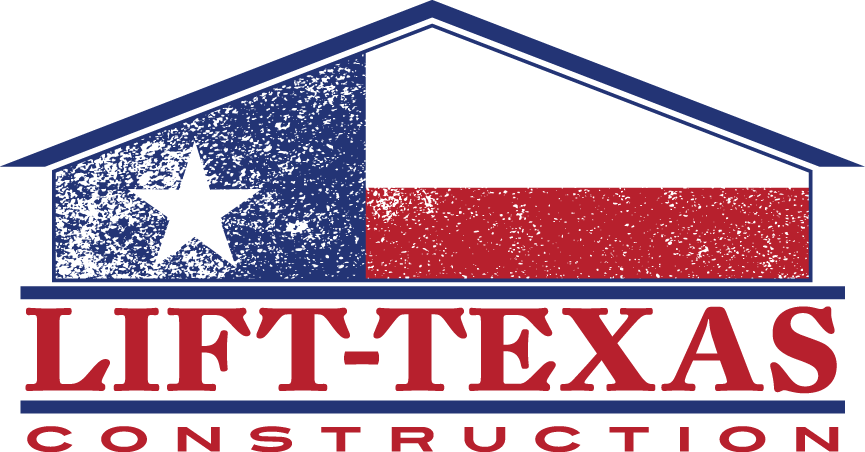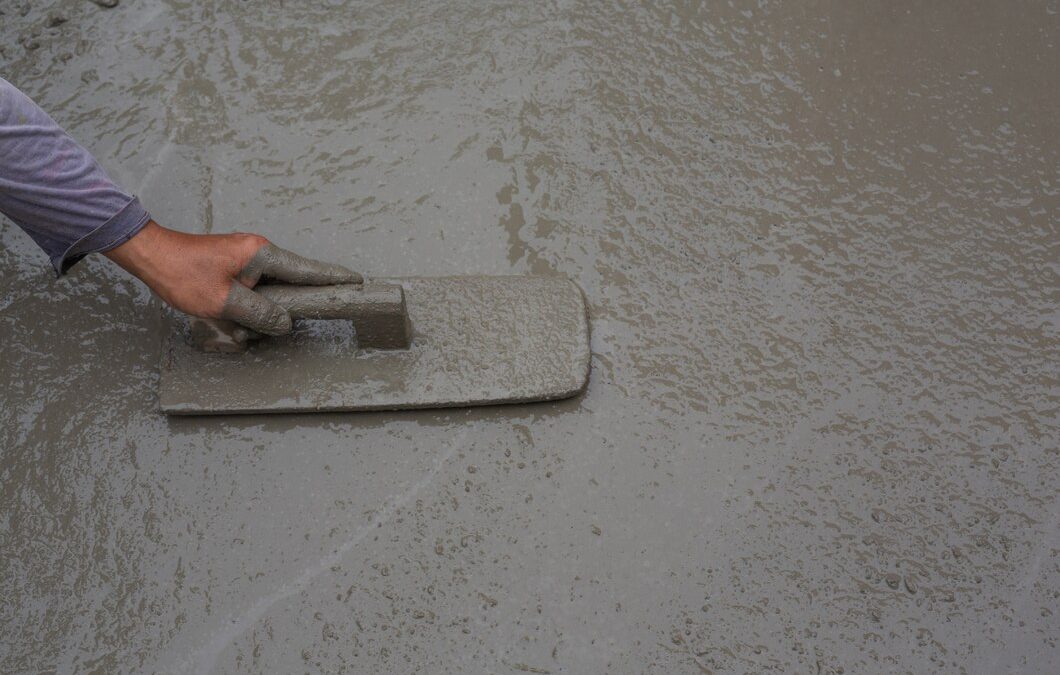Have you ever tripped on a section of your sidewalk or noticed your driveway seems to be sinking in places? These issues often stem from uneven concrete, a common but serious problem many homeowners face. Uneven concrete can show up in various places around your home, from patios and walkways to driveways and foundations. It’s crucial to address these issues promptly to ensure the safety and longevity of your property.
Uneven concrete doesn’t just look bad; it can also create hazards and lead to more extensive damage if left untreated. Imagine navigating a walkway with multiple tripping hazards or trying to park your car on a sloping driveway. These scenarios not only inconvenience you but also pose risks for injury and further structural damage. Recognizing the signs of uneven concrete early and understanding the implications can save you time, money, and stress in the long run. In this article, we’ll explore how to identify uneven concrete, why it’s a problem, and what steps you can take to address it effectively.
Common Indicators of Uneven Concrete
Uneven concrete is a common issue that can significantly impact the safety and appearance of your property. Recognizing the early signs can save you from bigger problems down the road. One of the most obvious indicators is visible cracks in the concrete. These cracks can appear on sidewalks, driveways, or patios and often signal that the concrete is shifting or settling unevenly.
Another sign to look out for is pooling water. If you notice water accumulating in specific areas after it rains, it could indicate that the concrete surface is not level. This pooling can cause further damage over time as water seeps into cracks and weakens the structure. Other indicators include doors and windows that are difficult to open or close, as they may be misaligned due to uneven concrete.
Why Uneven Concrete Is a Problem
Uneven concrete can cause a range of issues that go beyond just aesthetics. First and foremost, it poses a significant safety risk. Uneven surfaces can lead to trips and falls, which can result in injuries. This is particularly concerning in areas with high foot traffic, such as sidewalks or patios. Ensuring that these surfaces are level can prevent accidents and keep everyone safe.
In addition to safety concerns, uneven concrete can also lead to structural problems. When the ground beneath the concrete shifts, it puts additional stress on the entire structure. This can cause further cracking and deterioration over time. Water damage is another major concern. When water pools on uneven surfaces, it can seep into the cracks and cause erosion, weakening the concrete further. Ignoring these issues can result in costly repairs down the line, making it essential to address uneven concrete as soon as you notice it.
Simple Tests You Can Do at Home
Identifying uneven concrete can be straightforward if you know what to look for. You can start by doing a simple visual inspection. Walk around the area and look for visible signs of sloping or dipping. Another easy test is to use a long, straight board or a level. Place the board or level on the concrete surface. If it rocks back and forth or if the level shows that one end is higher than the other, you probably have uneven concrete.
You can also conduct a water test. Pour a small amount of water on the concrete surface and observe how it behaves. If the water flows towards one side or settles in certain spots, it indicates an uneven surface. These simple tests can help you assess the severity of the problem and decide if you need to take further action.
When to Seek Professional Leveling Services
While minor unevenness can sometimes be handled with simple DIY fixes, more severe issues often require professional intervention. If you notice large cracks, significant shifts in the concrete slabs, or extensive water pooling, it’s time to call in the experts. These signs suggest that the issue might be more complex than it appears, and professional leveling services can provide a more permanent solution.
Another critical time to seek professional help is when DIY methods have failed to resolve the issue. Attempting to fix severe unevenness yourself can sometimes exacerbate the problem, leading to more damage. Professionals have the tools, experience, and expertise to assess the situation accurately and provide effective leveling solutions. They can also identify underlying issues like soil erosion or drainage problems that may be contributing to the uneven concrete.
Conclusion
Maintaining even concrete surfaces is essential for the safety and longevity of your property. Simple home tests can help identify minor problems early, but severe issues often require professional attention. In 2024, keeping up with regular inspections and addressing problems promptly can save you both time and money.
At Lift-Texas Construction, we’re here to help you with all your concrete leveling needs. Whether it’s for a residential driveway or a commercial walkway, our experts ensure the job is done right, lifting your projects to a whole new level of excellence. Contact us today to schedule an inspection and take the first step toward a safer, more stable property.

